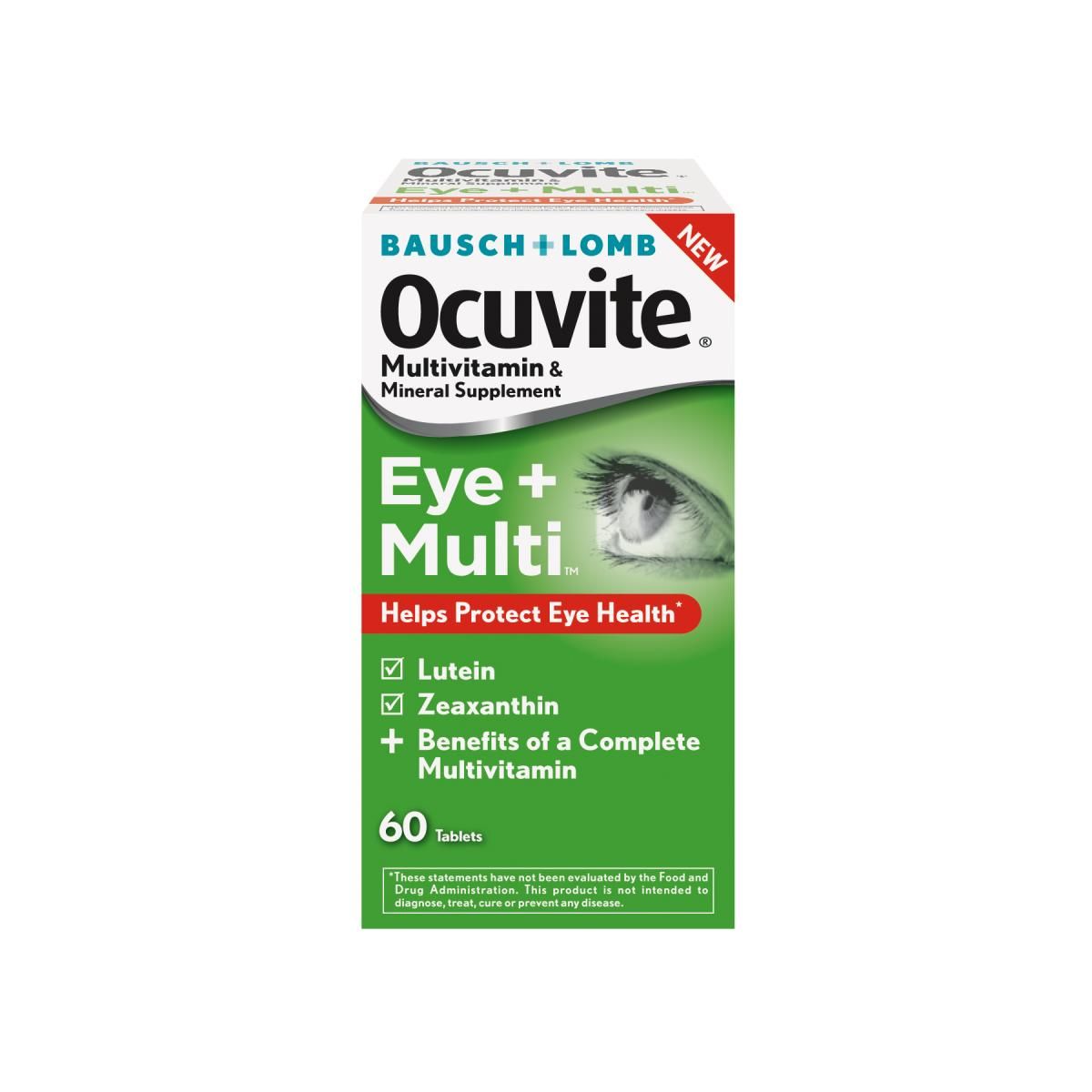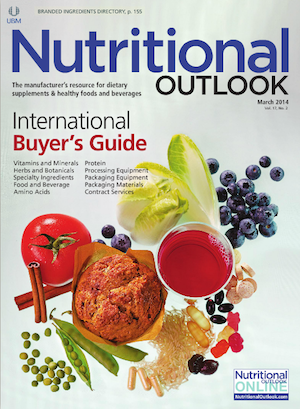The Eye Health Market: Still focused on supplements?
Three-quarters of eye health food and drink launches are in baby food or pet food. When will we start targeting the adults?

Consumer awareness continues to grow of the potential eye health benefits of the carotenoids lutein and zeaxanthin. A growing range of eye health and general health supplements feature these ingredients. Still, lutein and zeaxanthin’s use in food and drinks remains very limited and fragmented.
In the supplements sector, the number of products launched on an eye health platform last year accounted for 3.4% of total supplement introductions, according to Innova Market Insights data. This is an increase; five years ago, eye health supplement launches represented only 2.1% of total supplement launches. New products included general supplements that feature eye health as one of their benefits, as well as eye health–specific products.
The United States had the highest number of supplement introductions with an eye health positioning, probably reflecting the popularity of dietary supplements in the country overall. On a global scale, U.S. launches accounted for over 45% of total eye health supplement launches, ahead of Europe (which represented just over 27%), Asia (10%), and Australia (just over 9%).
So far, lutein and zeaxanthin remain the biggest stars of the eye health supplements market. In products, they are usually combined with other beneficial eye health components, such as antioxidant vitamins A, C, and E; B vitamins such as B6 and B12; blueberry extracts, as a source of anthocyanins; omega-3 fatty acids; and minerals such as zinc and selenium.
Supplement Launches
In the United States, many products tout eye health marketing claims. Perhaps to be expected, specialist eye-care companies have linked their names with supplements. Bausch & Lomb, one of the world’s leading contact lens and eye-care companies, offers its Ocuvite range of eye health supplements. Ocuvite includes Adult 50+ products, featuring lutein, zeaxanthin, and omega-3; as well as Lutein and Lutein & Zeaxanthin lines. More recently, Bausch & Lomb expanded into multivitamins with its Ocuvite Eye & Multi line, which provides the benefit of a complete multivitamin plus eye health protection.
Aside from specialist eye-care companies, recent U.S. launch activity includes Vitafusion Daily Vision Lutein & Multivitamin Gummies and Lifeseason’s Visibili-T eye health complex. Some products are even more specific, such as Visivite Smokers Formula for Macular Degeneration.
Over in Germany, the supplements company Doppelherz recently launched an entire range of eye health products under the name Aktiv Vital Eyes. The line includes Vital Eyes with Lutein and Zeaxanthin, Vital Eyes Night & Day, Vital Eyes Blueberry, and Vital Eyes Blueberry Plus. Blueberry extract, lutein, zeaxanthin, omega-3 EPA and DHA, vitamins A and C, folic acid, and B vitamins are just some of the ingredients in the line.
Food and Drinks: Mostly for Babies and Pets
Launches of food and drinks marketed on an eye health platform are much more limited-particularly if baby food and pet food are excluded. While the number of food and drink launches positioned on an eye health platform did rise sharply in 2013-13% of launches using lutein-three-quarters of those launches were in baby food or pet food, according to Innova Market Insights data.
The focus in the baby food market is eye development as well as brain development; thus, products containing omega-3 fatty acids, particularly omega-3 fatty acid DHA, dominate the category. The use of carotenoids such as lutein is much less prevalent in baby food. More than 70% of the baby food launched on an eye health platform in 2013 had DHA as an ingredient, while less than 20% featured lutein.
Baby food and pet food aside, beverages stood at the front of food and drink eye health launches. Drinks represent 30% of total eye health food and drink launches. This probably reflects promotion of the high lutein content of certain fruits and vegetables. The next leading category is dairy, accounting for just under a quarter of total food and drink launches. Dairy launches make wider use of omega-3 fatty acids and blueberry eye health ingredients, rather than lutein or zeaxanthin.
The United States again led launch activity, thanks to introductions in the drinks category. U.S. drink launches took advantage of eye health claims based on the carotenoid levels in fruits and vegetables. In 2013, such launches included Lassonde’s Oasis Health Breakfast Smoothie, marketed as high in antioxidant vitamins and lutein and “contributing to the health of vision and skin;” as well as Mulberry Love organic mulberry juice with organic coconut water, marketed as rich in superfruits and describing lutein and zeaxanthin as “carotenoids absorbed by the eyes” and touting the product as “helping to safeguard vision.”
Promotion Still Low in Food and Drinks
Despite apparently rising levels of interest in eye health claims and ongoing promotion of lutein, zeaxanthin, and other carotenoids for their eye health benefits, product launch activity still tends to focus on supplements rather than food and drinks. Even if awareness of and interest in these specific ingredients continues to rise, and concerns among an aging population over issues such as Age-Related Macular Degeneration grows, it remains to be seen whether consumers may prefer using traditional supplements for their eye-care needs, rather than food and drinks.













